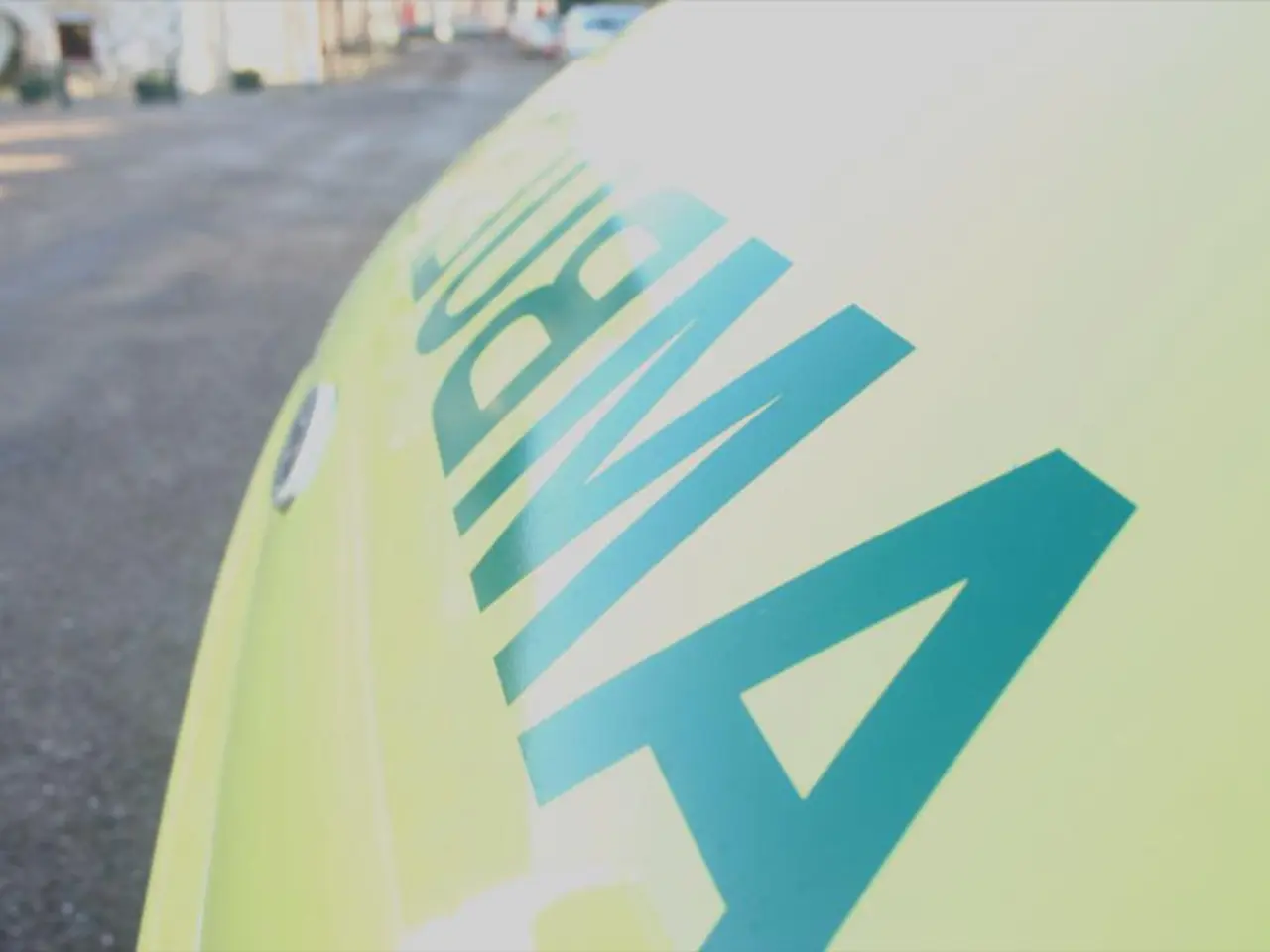Can Australian financiers take advantage of Australia's $36 billion potential in green energy solutions?
In a significant move towards a greener future, Australia is witnessing a surge in the investment and development of sustainable aviation fuels (SAF). A recent report identifies seven 'market accelerators' that could pave the way for a Liquid Carbon-neutral Liquid Fuel (LCLF) boom, with one key recommendation being the use of concessional finance to de-risk private investments [1].
Demand for LCLF is expected to rise significantly, with over 50% coming from aviation under all modelled scenarios between 2030 and 2050 [1]. This shift is driven by the growing awareness of the need to reduce carbon emissions, particularly in sectors such as aviation and mining, which account for nearly a third of remaining liquid fuel demand and are harder to electrify [2].
One promising example of this investment is the Australian bioenergy company Jet Zero, which recently secured A$29 million ($19 million) in funding for its SAF plant in North Queensland, called Project Ulysses [3]. This funding comes from a mix of private investment from Australian airline Qantas, European aerospace manufacturer Airbus, and Japanese energy conglomerate Idemitsu Kosan [3].
The funding supports the engineering and development of a plant that will produce 102 million liters of SAF annually, along with renewable diesel [3]. Jet Zero is also awaiting results of grant applications from both the Australian federal government and the Queensland government’s Industry Partnership Program, which may provide further financial support towards detailed engineering design, investment decisions, and construction of the SAF plant [3].
The Australian Department of Defence has also demonstrated its commitment to SAF, sourcing the fuel through its strategic partner Viva Energy for use in military aviation [4][5]. While not explicitly detailed as funding, this reflects government engagement and indirect financial support towards SAF use and development in Australia.
Other forms of capital might need to take a seat at the table before institutional capital considers investing in LCLF [1]. However, the report suggests that LCLF could be among the candidates for the country's financiers looking for the next big thing, offering a first mover advantage [1].
By 2050, the demand for LCLF could be worth $36bn in Australia [1]. The production of LCLFs relies on feedstock, such as waste, agricultural residue, biomass, sorghum, and used cooking oils [1]. Scaling up Australia's LCLF industry requires cautious, optimistic navigation of risky and rewarding waters [1].
In conclusion, funding for sustainable aviation fuels in Australia is led by a combination of private sector investments from airlines, aerospace firms, and energy companies, alongside government grant programs aimed at supporting SAF technology development and infrastructure. As the demand for LCLF continues to rise, it is expected that more investments will follow, helping Australia transition towards a more sustainable future.
References: [1] Clean Energy Council (2021). The Role of Low Carbon Liquid Fuels in Australia. Retrieved from https://www.cleanenergycouncil.org.au/-/media/files/reports/low-carbon-liquid-fuels-in-australia-report-final.pdf [2] Australian Government Department of Industry, Science, Energy and Resources (2021). Energy Update 2021. Retrieved from https://www.industry.gov.au/energy/publications/energy-update-2021 [3] Jet Zero (2021). Jet Zero Secures $19 Million in Funding for Project Ulysses. Retrieved from https://www.jetzero.com.au/news/jet-zero-secures-19-million-in-funding-for-project-ulysses [4] Australian Department of Defence (2020). Defence Sustainable Aviation Fuel Trials. Retrieved from https://news.defence.gov.au/defence-innovation/defence-sustainable-aviation-fuel-trials [5] Viva Energy (2020). Viva Energy and the Australian Department of Defence sign MoU for SAF. Retrieved from https://www.vivaenergy.com.au/news/viva-energy-and-the-australian-department-of-defence-sign-mou-for-saf
- Australia's LCLF industry may be worth $36bn by 2050, making it an attractive investment opportunity for country's financiers.
- The engineering and development of SAF plants in Australia are supported by a mix of private and government funding, including investments from Qantas, Airbus, and Idemitsu Kosan.
- The demand for sustainable aviation fuels (SAF) is expected to rise significantly, with over 50% coming from the aviation sector between 2030 and 2050, driven by the need to reduce carbon emissions.
- Renewable energy sources, such as waste, agricultural residue, biomass, sorghum, and used cooking oils, are used as feedstock for the production of LCLF, contributing to a more sustainable environment.




